Reading Comprehension Year 2 – Enhance Home Learning with Engaging Printable Worksheets.
Improving reading comprehension skills in Year 2 students is essential for their academic success. By developing strong reading skills early on, students can better understand texts, make connections, and think critically about what they read. Reading comprehension Year 2 focuses on building vocabulary, fluency, and comprehension strategies to help students become proficient readers.
Reading comprehension Year 2 activities may include reading aloud, answering questions about the text, making predictions, summarizing key points, and identifying main ideas. These activities help students engage with the text, understand the content, and develop critical thinking skills. By practicing these skills regularly, students can improve their reading comprehension abilities and become more confident readers.
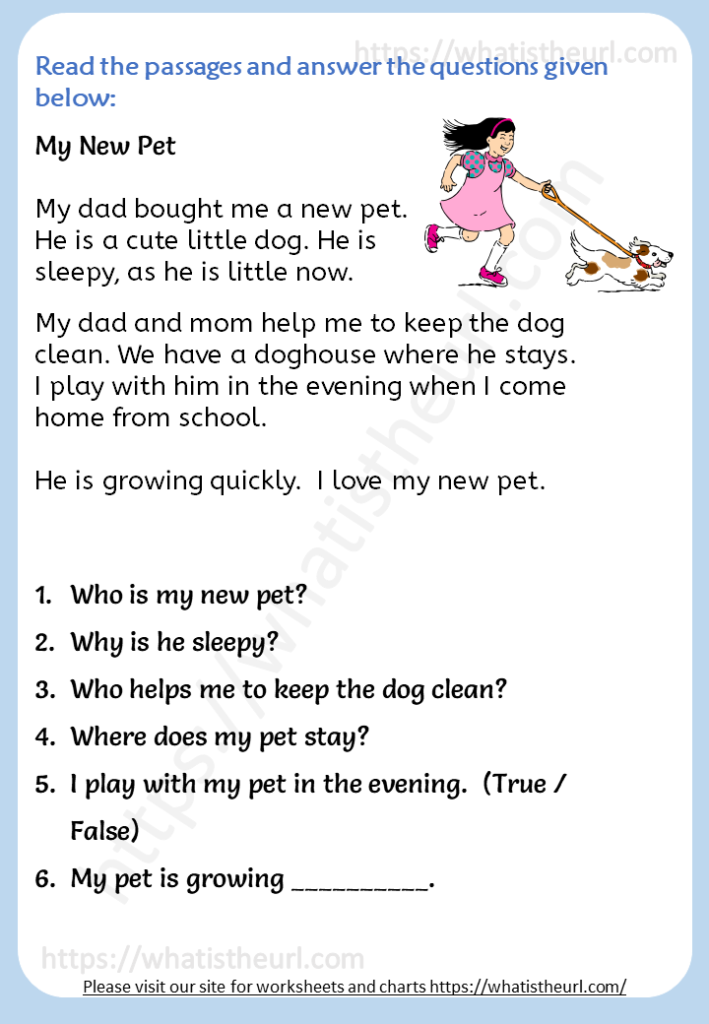 Reading Comprehension Worksheets For 2nd Grade Your Home Teacher
Reading Comprehension Worksheets For 2nd Grade Your Home Teacher
What Are Reading Comprehension Year 2?
Reading Comprehension Year 2 are ready-to-print activities you can print and use anytime. They include puzzles and quizzes, writing prompts, and even fun art activities. Their wide range of topics makes them perfect for extra practice at home.
In this modern learning age, educational printables are a valuable asset for both teachers and parents. Whether your child is learning remotely or enhancing their skills at home, these worksheets deliver structured learning in a creative and interactive way.
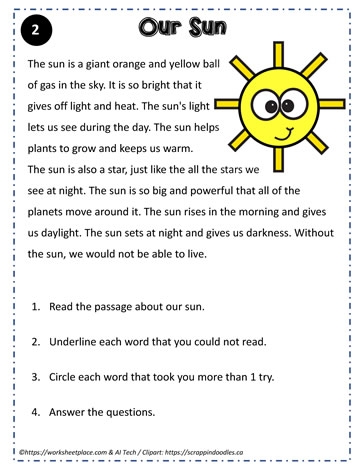 Reading Comprehension About The Sun Worksheets
Reading Comprehension About The Sun Worksheets
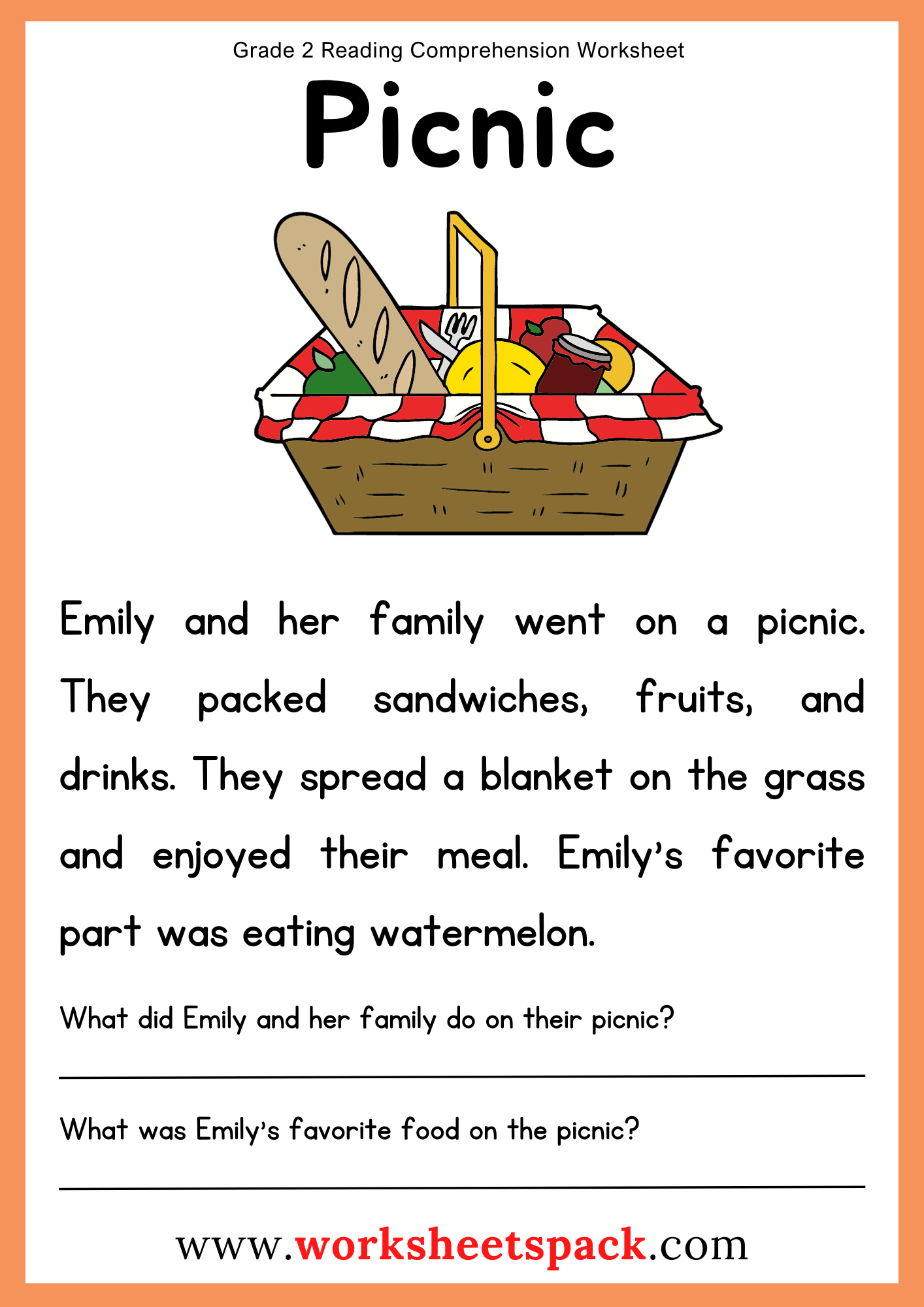 Grade 2 Reading Comprehension Worksheets Worksheetspack
Grade 2 Reading Comprehension Worksheets Worksheetspack
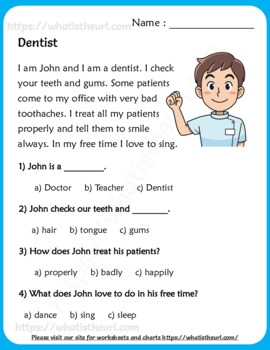 Year 2 Comprehension Worksheets Year 2 Reading Compre Vrogue Co
Year 2 Comprehension Worksheets Year 2 Reading Compre Vrogue Co
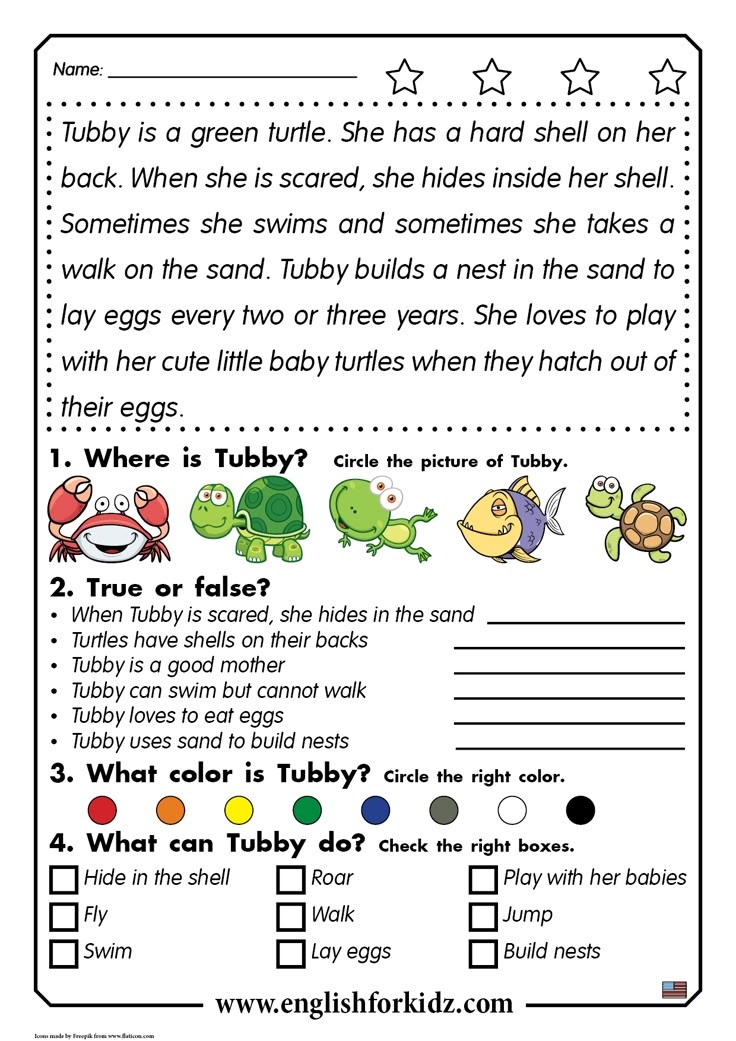 Reading Comprehension Passage For Beginning English Learners Reading
Reading Comprehension Passage For Beginning English Learners Reading
Why Use Reading Comprehension Year 2??
The biggest strength of printable worksheets is their flexibility. You can target specific learning areas. Plus, they’re a low-tech solution for learning—perfect for balancing tech use.
Reading Comprehension Year 2
One effective strategy for improving reading comprehension in Year 2 students is to focus on vocabulary development. By introducing new words and discussing their meanings, students can better understand the text and make connections between words and concepts. Encouraging students to use context clues and make educated guesses about unfamiliar words can also enhance their comprehension skills.
Another important aspect of reading comprehension Year 2 is teaching students to identify main ideas and supporting details. By teaching students how to identify the main idea of a text and locate supporting details, they can better understand the structure of a passage and extract key information. This skill is essential for comprehension and helps students build strong reading skills.
Additionally, practicing reading comprehension strategies such as predicting outcomes, making inferences, and summarizing information can help Year 2 students become more proficient readers. These strategies encourage students to think critically about the text, make connections, and draw conclusions based on evidence from the text. By incorporating these strategies into daily reading activities, students can develop a deeper understanding of the text and improve their comprehension skills.
In conclusion, reading comprehension Year 2 is a crucial aspect of early literacy development. By focusing on vocabulary, main idea identification, and comprehension strategies, students can improve their reading skills and become more confident readers. By providing opportunities for practice and support, educators can help Year 2 students develop the necessary skills to succeed academically and beyond.